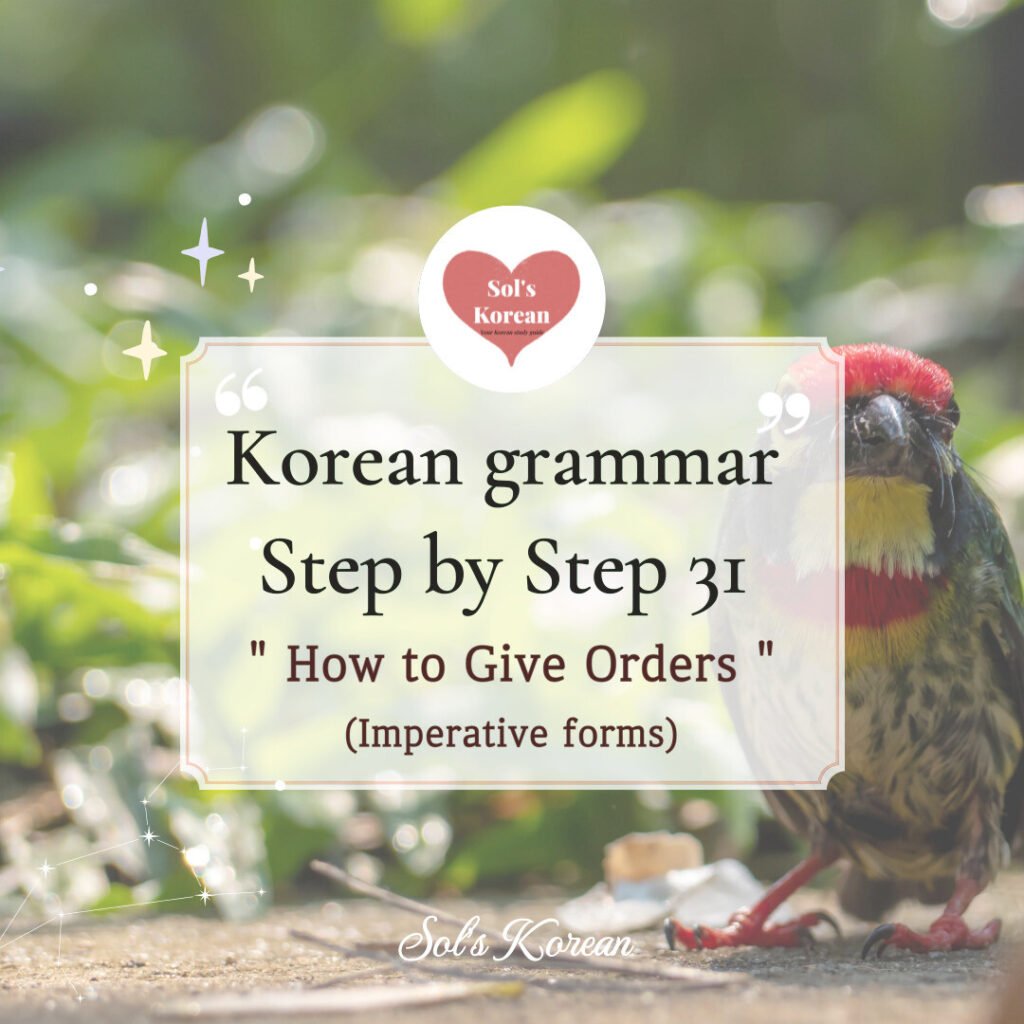How to make negatives sentences (안, 못 , -지 않다grammar)
Hello, language learners! Welcome back to our journey of mastering Korean.
Today, we will learn how to make negative sentences in Korean together! It’s a very simple and easy process.
By the end of this post, you won’t have any problems forming negative sentences.
This essential skill will help you express yourself more accurately and fully in Korean, allowing you to better communicate your thoughts and experiences.
Let’s dive in!
Part 1,
Let’s grasp the concept of grammar
“안” is used to negate actions or states. It’s equivalent to “not” in English.
“못” is equivalent to “can’t” in English.
In Korean, there are two primary ways to make negative sentences: by using “안” and “못.”
Each has its specific usage and context.
“안” is used to negate actions or states. It’s equivalent to “not” in English.
You simply place “안” before the verb or adjective.
“못” is used to indicate that someone is unable to do something due to external circumstances or inability. It’s equivalent to “can’t” in English. You place “못” before the verb. (We don’t use “못” with adjectives.
For example, saying “I can’t be pretty” doesn’t make much sense in Korean.)
Let’s look at the examples!
(1)
– 나는 집에 가요 (I go to home)
– 나는 집에 안 가요(I don’t go home)
– 나는 집에 못 가요(I can’t go home)
(2)
– 나는 콜라를 마셔요 (I drink coke)
– 나는 콜라를 안 마셔요(I don’t drink coke)
– 나는 콜라를 못 마셔요(I can’t drink coke)
(3)
– 우리 누나는 예뻐요(My older sister is pretty)
– 우리 누나는 안 예뻐요(My older sister isn’t pretty)
– 우리 누나는 못 예뻐요(Adjective- Wrong!)
(4)
– 날씨가 추워요(Weather is cold)
– 날씨가 안 추워요(Weather isn’t cold)
– 날씨가 못 추워요(Adjective- Wrong!)
(5)
– 나는 매일 한국어를 공부해요(I study Korean everyday)
– 나는 매일 한국어를 공부 안 해요(I don’t study Korean everyday)
– 나는 매일 한국어를 공부 못 해요(I can’t study Korean everyday)
* We need to be careful with 하다-ending verbs. As I mentioned in the Step 5 post, 하다 verbs are typically formed by combining a noun with 하다 (to do).
When we negate these sentences, we place 안 or 못 between the noun and the 하다 verb.
For example, to say ‘I don’t study’, we say ‘공부 안 해요’. ‘I don’t work’, we say ‘일 안 해요’
However, there are exceptions to this rule. Verbs that express feelings or emotions, as well as adjectives that end in 하다, do not follow this pattern. For instance, ‘I like you’ is ‘너를 좋아해요’, and ‘I don’t like you’ is ‘너를 안 좋아해요’.
Similarly, with adjectives like 간단하다 (to be simple), to say ‘it’s not simple’, we use ‘안 간단해요’.
Very, very easy – right?!
I’ll introduce you another way to negate sentences!
“지 않다” is another way to form negative sentences in Korean. More formal than “안”.
“지 않다” is more formal and often used in written language, though it can also be used in spoken language.
It attaches to the verb or adjective stem to indicate negation and is more formal than “안”.
We will put 지 않다 after the verb or adjective stem (We drop the ending “다” part!)
We can conjugate 지 않다 to
지 않아요 ( Formal ) / 지 않습니다(Extremely formal) / 지 않아(Informal)
Here’s how to say “I don’t go home” with different levels of formality.
– 나는 집에 가지 않습니다 (Very formal)
– 나는 집에 가지 않아요 (Formal)
– 나는 집에 안 갑니다(Pretty formal)
– 나는 집에 안 가요 (fairly formal, most common)
– 나는 집에 가지 않아(Informal)
– 나는 집에 안 가(very informal)
There’s a more polite way to express “못” as well, which we will learn soon!
Today, let’s remember “안”,”지 않다(more polite)” is equivalent to “don’t” or “not”, and “못” means “can’t.”
Now, let’s practice making sentences together using 안/못.
(You can try them with -지 않다 as well:)
Let’s get started!




